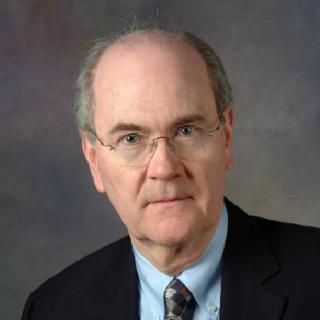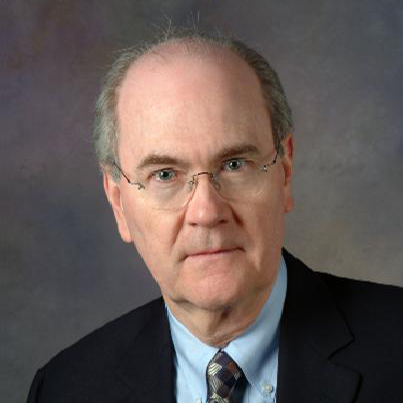
Victor E. Marquez, Ph.D.
- Center for Cancer Research
- National Cancer Institute
- Building 376
- Frederick, MD 21702-1201
- 301-846-6143
- marquezv@mail.nih.gov
RESEARCH SUMMARY
Dr. Marquez's main research interests centered on nucleoside chemistry and synthetic organic chemistry as tools for the rational design of antitumor and antiviral agents. One of the principal goals of his research was understanding the geometry of bioequivalent pharmacophores-present in diacylglycerol (DAG) and in the more potent phorbol esters that appeared to be responsible for binding to the regulatory C1 domains of protein kinase C (PKC) and other target proteins. These domains, which act as a molecular hydrophobic switch, represent regulatory modules in several families of proteins involved in signal transduction, including the PKC, chimaerin, and RasGRP families. His laboratory also described the first synthesis of a conformationally locked bicyclo[3.1.0]hexane nucleoside.
Areas of Expertise
Biography

Victor E. Marquez, Ph.D.
Dr. Marquez received his Ph.D. in Medicinal Chemistry from the University of Michigan in 1970. After one year of postdoctoral training at the NCI, he worked in private industry for five years in Venezuela. He rejoined the NCI in 1977 as a Visiting Scientist, was awarded tenure as a Principal Investigator in 1987 after becoming a naturalized citizen, and then promoted to Lab Chief in 2001. His main research interests were nucleoside chemistry and synthetic organic chemistry as tools for the rational design of antitumor and antiviral agents. Dr. Marquez has authored or coauthored almost 400 publications and received 29 U.S. patents.
Dr. Marquez retired as Lab Chief in 2009 and is now an NIH Scientist Emeritus.